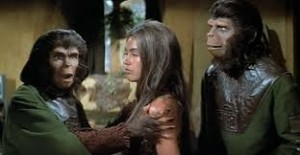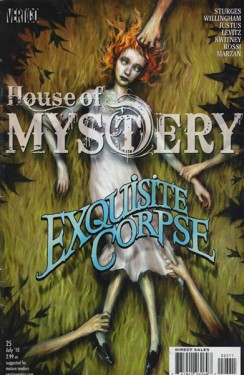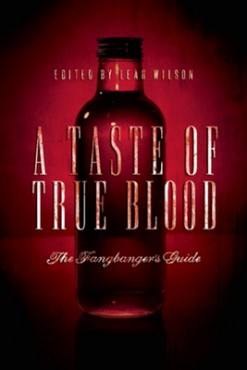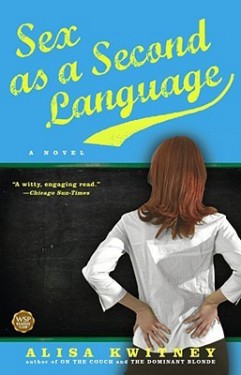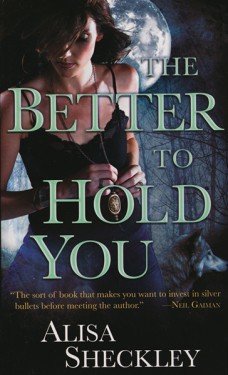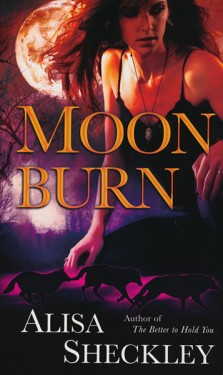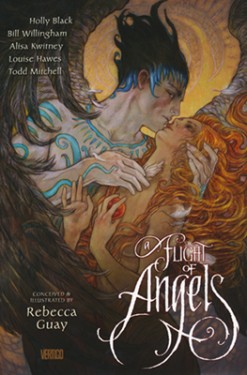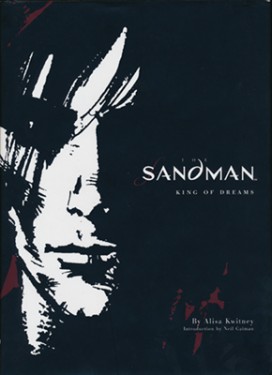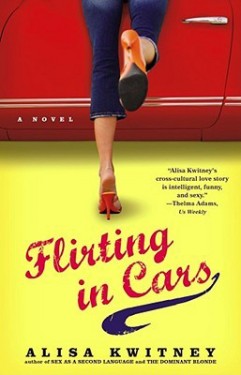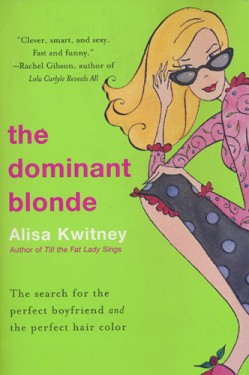Kwitney Report July 4 Weekend: Bezos and The Birds
In ten years time, will we remember that this was the summer that Lauren Sanchez, the 55-year old fembot-chic journalist, wed Amazon founder and Bond villain lookalike Jeff Bezos, 61, in a lavish damn-the-protestors Venice ceremony? Perhaps in fifty years, when Venice has sunk like Atlantis beneath the double burden of rising oceans and invading tourist hordes, the wedding will be recalled as a Masque of the Red Death turning point. On the bright side, it was nice to see a woman over fifty celebrating her sexuality and embracing glamor. Of course, true elegance only comes with a bit of suffering, like the little mermaid in Hans Christian Andersen’s story, who was proud that she was able to wear twelve oysters clamped to her tail, while other highborn mermaids were permitted only six.
For her part, Sanchez wore many variations on the loose, long hair, shrink-wrapped look that has become popular during Trump’s second Imperial presidency. Sanchez accessorized her many corseted couture creations with the heavily stuffed and lifted Mar a Lago face. Plastic surgery, Botox and fillers, once used sparingly to create a natural effect, have recently become a status symbol — the in-your-face-facelift, as instantly recognizable as a Chanel suit or a Gucci bag. The bride’s actual wedding gown, however, was inspired by Sophia Loren’s high-necked, white lace dress in the 1958 movie Houseboat. The Loren dress was designed by Hollywood legend Edith Head, who has been obsessing me lately. To be honest, 1958 (and ’57 and ’59) have also been obsessing me.
(I’m writing a novel loosely based on my mother’s life with my father during that period, when they lived as young beat intellectuals in the Village.)
Edith Head, who got her initial break at Paramount by bringing in a big portfolio of sketches that belonged to her classmates, went on to design some of the most iconic looks in filmdom: Dorothy Lamour’s island girl sarong; Audrey Hepburn’s beat to glam transformation in Funny Face; Anne Baxter’s sexy Egyptian temptress in the Ten Commandments; and Tippi Hedren’s iconic green suit in The Birds, colored to match the lovebirds that give the plot its initial rom com engine.
Oh, wait, you didn’t realize that The Birds was a rom com, at least for the first half of the movie? Hitchcock was always interested in relationships, sexual tension and the push-and-pull of sexual dynamics, but I can’t think of another film of his that so closely follows the structure of a rom com. Let’s take a look at how The Birds follows the seven classic beats of the rom com, as iterated by Billy Mernit:
The Setup that establishes the protagonist before the potential romantic figure appears and establishes what the protagonist wants…and what he and/or she actually needs:
We begin in San Francisco, with an immaculately coiffed and garbed twenty something blonde striding alone the street. A little boy whistles at her, and she responds with a smile. (This bit was borrowed from a liquid diet drink commercial that starred leading lady Tippi Hedren, but it also establishes her as being NOT TOO STUCK UP and KIND TO KIDS.
Melanie enters a pet shop. She is there to pick up a bird, and when told by the sweet little old lady shopkeeper that it is late, Melanie is cooly displeased, though not cold.
Editor’s note: Evan Hunter, the writer who adapted Daphne Du Maurier’s short story, was the crime writer Ed McBain.
The Meet-Cute which acts as a catalyst for change and conflict and sets the tone for the relationship and story to come.
Melanie’s attitude changes when a ruggedly attractive man enters. Mitch recognizes Melanie from court — he is a lawyer — where she landed when a rich girl prank resulted in damage to property. Mitch decides to provoke Melanie by pretending to mistake her for a shopgirl and asking to see some lovebirds.
Melanie is established as determined, intelligent and resourceful but apparently aimless and impulsive. What she needs is a focus for all her determination and drive. Mitch is also established as intelligent and resourceful (he is a prosecutor and easily captures the escaped bird without harming it). He is also shown to be arrogant and a bit superior, a Darcy type who makes quick judgements about people. Like Darcy, he needs to be more tolerant of people in general and of women in particular.
Melanie, miffed by Mitch’s arrogant tone, decides to prank him by playing along and pretending to work at the store. After Mitch reveals that she is the butt of the joke, an incensed Melanie decides to track him down so that she can deliver the love birds. (The real purpose of this “prank” is to show Mitch that she is more complex than he believes.) In order to pull this prank off, Melanie must act like a detective, tracking down his license plate and calling in favors, further establishing her intelligence, connections, entitlement and determination. Yet when a neighbor informs her that Mitch is gone for the weekend to nearby Bodega Bay, Melanie shows she is not the kind of person who would abandon a helpless creature.
Determined to complete her mission, she drives the birds to the small coastal town, interviews a shopkeeper to find out the location of Mitch’s house and then follows up by interviewing the local schoolteacher, Annie, to find out the name of his young sister. We learn that Annie also followed Mitch from San Francisco, hoping for their romance to turn into more. Melanie then rents a boat and pilots it across the bay to deliver the lovebirds.
It is at this point that we realize that Melanie is not just a little determined and resourceful — she is action movie hero level determined and resourceful. Mitch spots her in the boat.
Sexy Complication/Turning Point: There’s attraction, but either an external obstacle or an internal one stand in the way of consummation.
Melanie gets attacked by a seagull, giving Mitch a chance to tend to her while they spar and spark. They establish that she loathes him and he wants to put all practical jokers in jail while he tends her bird injury. As the prosecutor tries to force her to admit she came all this way just for him, Melanie pretends that she was coming to Bodega Bay anyway — to visit Annie, whom she claims is an old college friend.
Mitch, attracted to Melanie, invites her to stay for his sister’s birthday party. Before the party, however, he makes it clear that he desires Melanie but does not respect her. She turns him down (“that might have been good enough for me last year in Rome. It isn’t now”) and returns to Annie’s, where she is renting a room for the night. Annie reveals her own history with Mitch, the trouble with his mother (possessive and insecure since her husband died four years earlier) and also that she moved here not to be with him but to escape the private school where she was teaching little girls…like Melanie. She wants to teach students with less entitlement. Mitch calls and apologizes to Melanie, and she agrees to come the next day to Cathy’s party. Annie completes her transformation from potential rival to sidekick by helping Melanie decide that yes, she really does want to go.
The Hook: Midpoint. For reasons, however (forced proximity) the two cannot simply bid each other adieu. Forced proximity causes: Kidnapping, shared job or project or goal; someone is sick and requires tending; someone is in danger and requires protecting; weather issues and natural calamity; war and human calamity.
At Cathy’s party, there is a bird attack. (I have omitted all the skillful seeding of OMINOUS BIRD STUFF that has been going on since the film’s opening shot.)
Swivel/Second Turning Point: Protagonist must choose between initial goal (what he or she wants) and true love (what he or she needs).
The next morning, Lydia (Mitch’s mother) takes Cathy over to Annie’s house, leaving Mitch and Melanie alone. She is in her floral muumuu and no makeup. (Ah, the sex appeal of a shapeless muumuu! I am a huge proponent, as was my mother before me and my daughter after me.) They also conjecture about the cause of the bird attack (in the script, Melanie jokes a prophet sparrow with a long beard is stirring them all up to overthrow human rule). We see how well-matched they are, in their cleverness and their sudden vulnerability to each other.
Dark Moment/Crisis: Protagonist has made a choice, and now — disaster! He or she or they will lose both what they originally wanted AND true love.
The birds attack the schoolhouse this time. Annie and Cathy flee to her house, while Melanie goes to the town to call her father from the cafe. I’ve lost track of where Mitch is at this point — presumably with his mother and the police officer, as his mother found another bird victim when she went to his farm earlier. In any case, the bird attacks change the stakes from losing a chance at love and a more authentic life to losing one’s life. Yet while another woman tries to escape back to San Francisco, Melanie stays put, choosing to meet the danger with Mitch and his young sister and mother. In this section, Annie dies, sacrificing herself to save Cathy.
Editor’s note: In a rom com, especially a rom com novel, Annie wouldn’t be dead — she would be sequel bait, possibly in a story that covers the same time period but features Annie as the protagonist. But wait a second…is she really dead? We don’t see her face, and Mitch never takes her pulse. At Melanie’s prompting, he carries Annie inside. I prefer to believe that Annie wasn’t really dead, just unconscious, and covered with copious blood from a head wound. In fact, I’m tempted to write a whole secondary love story for Annie, who was clearly a beatnik in San Francisco (her dark hair is worn very naturally wavy, and she favors a dark eye, lighter lip and mock dark turtleneck look that evokes beat culture). Annie is clearly having her earthy hands-in-the-soil phase in Bodega Bay, and still carrying a torch for Mitch. Is she staying in the mistaken belief that she might win him over by winning over his mother? Is Melanie’s reckless cool the catalyst Annie needs to let go of Mitch and also to stop trying to be so good and domestic that Mitch’s mother will no longer see her as a threat? Annie has some serious sequel bait potential here. But who could be Annie’s love interest: Sebastian the salty boat captain from the cafe? Deke the sensitive cafe owner? Maybe a little tug of love between the two men?
Okay, just checked…there was a 1994 made for TV sequel, but it did not tell Annie’s story.
Climax: Fight or Flight: Hero or heroine or both must confront their biggest fear and actively pursue the love interest or fight for them or both.
Holed up in the house, Mitch falls asleep and Melanie goes alone to investigate a sound from the attic, where she is attacked and nearly killed by birds. Her near-death is the catalyst to her being accepted by Mitch’s mother, Lydia.
Joyful Defeat: Resolution: Hero and heroine (or hero and hero and heroine and heroine) reconcile and reunite, for the moment, for now or forever, in a happy ending that may contain some poignant, bittersweet elements.
Mitch, Melanie, his mother and sister all bundle into the car to drive off to San Francisco…with the lovebirds.
Annie’s story — I refuse to believe that she’s dead — has yet to be told. Oh, by the way, July 4 is the PERFECT time to watch or rewatch The Frogs, a perfectly terrible ANIMALS GONE BAD move from the seventies.

